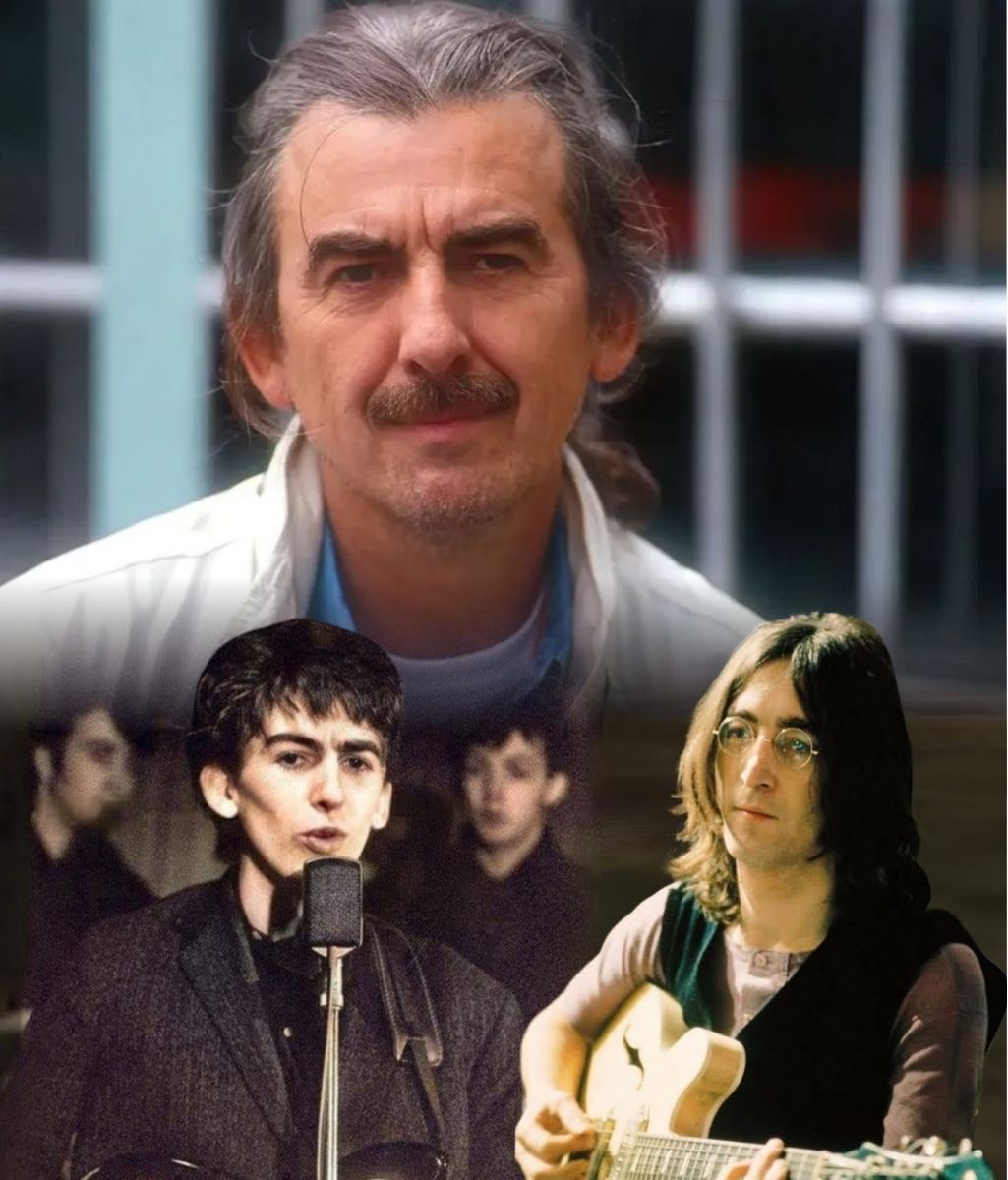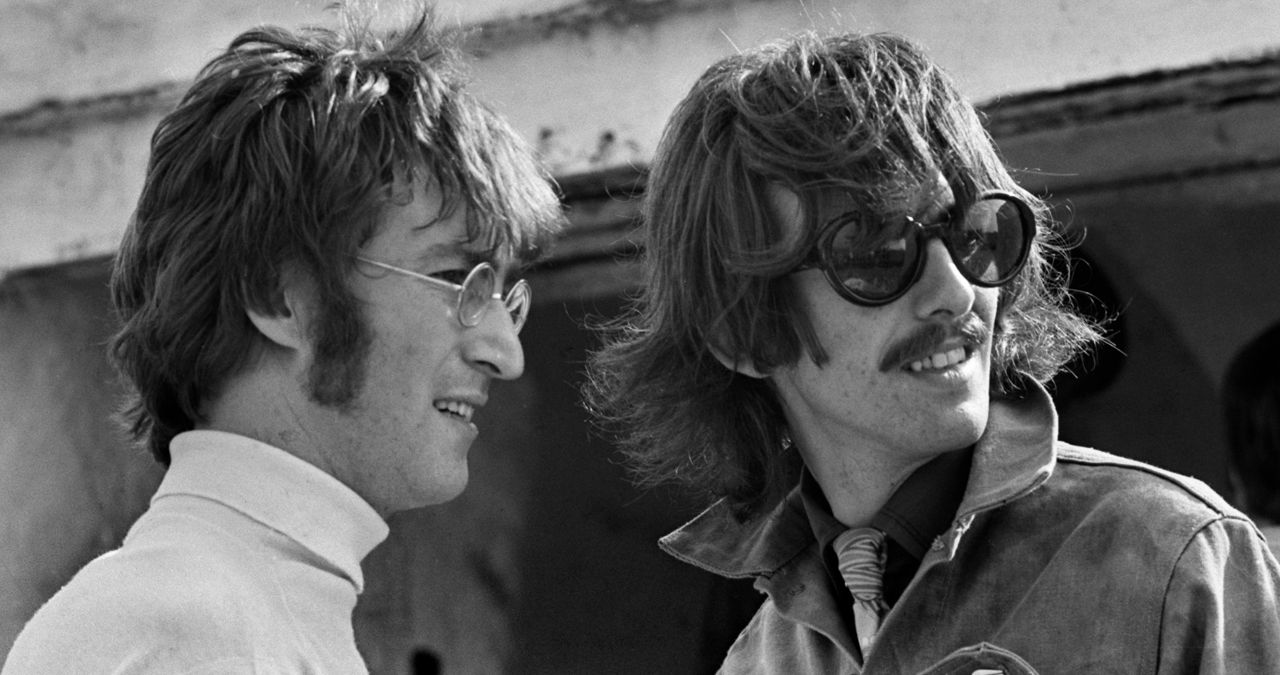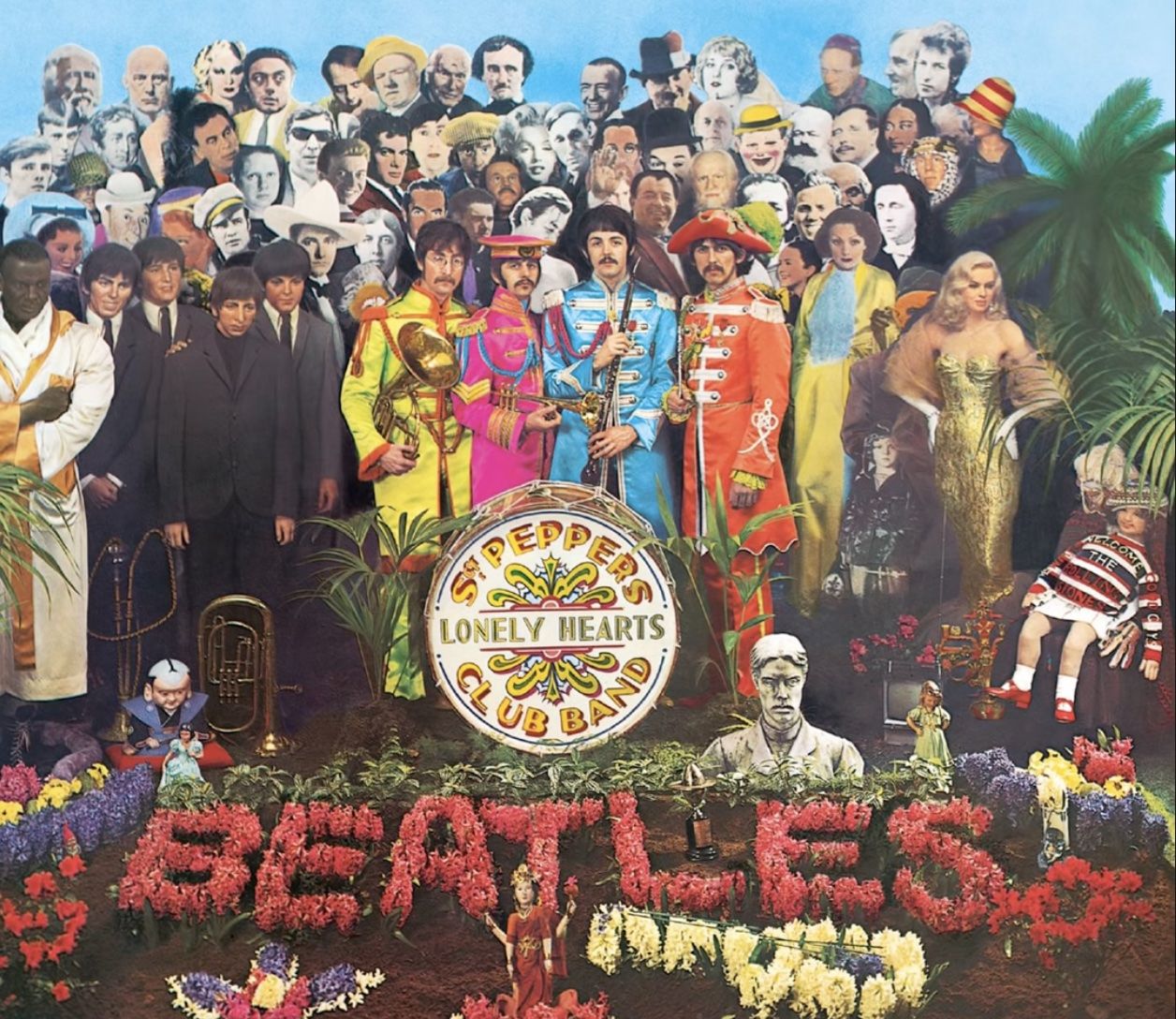
There are moments in music that feel less like songs and more like revelations. For George Harrison, that moment arrived in 1967, on the second side of Sgt. Pepper’s Lonely Hearts Club Band. As the guitars faded and the hum of the sitar rose in their place, something shifted — not just in The Beatles’ sound, but in the spiritual landscape of popular music.
“Within You Without You” was unlike anything the world had ever heard before. It wasn’t a pop song, or even a conventional composition. It was a meditation — a quiet revolution set to the pulse of the tabla and the drone of strings that seemed to breathe eternity.
When John Lennon first heard it, he didn’t hide his astonishment. 💬 “That’s the best thing on the album,” he admitted — not with rivalry, but with awe. It was a rare moment of pure acknowledgment between two artists who often expressed admiration through competition. Lennon, the rebel poet, recognized in Harrison’s song something beyond words — a kind of inner truth that defied the noise of fame.

For George, “Within You Without You” wasn’t about musical experimentation for its own sake. It was the sound of a man searching for peace in the middle of chaos. The world had crowned him a Beatle — one of four men adored, pursued, and dissected by millions — but he was quietly searching for something more. While his bandmates dove deeper into psychedelic spectacle, Harrison turned inward, seeking silence instead of applause.
The song emerged from his immersion in Indian philosophy and his deepening friendship with sitar master Ravi Shankar. In those lessons, Harrison found not just a new instrument, but a new way of thinking. The idea that life was not about possession or ego, but connection — the recognition that “we were talking about the space between us all.” The lyrics spoke of illusions, of laughter, of the invisible threads binding souls together. Yet there was no preaching, no grand statement. The message arrived like incense — gentle, fragrant, lingering.
The recording itself was a marvel of devotion. No other Beatles performed on it; instead, Harrison surrounded himself with Indian classical musicians from the London Asian Music Circle. The session stretched into the night, with George guiding the orchestra through phrases that balanced discipline and dream. Producer George Martin, ever the architect of sonic wonder, later recalled how the studio seemed to shift atmosphere entirely — becoming less a room and more a temple.

When Sgt. Pepper was released, critics didn’t quite know what to make of “Within You Without You.” It was cerebral, spiritual, unconcerned with the radio. But time has given it the reverence it deserves. It stands now as a turning point — not only in Harrison’s artistic journey, but in Western music’s understanding of sound as meditation.
For Lennon to call it genius was no small thing. Lennon, who could slice through sentimentality with a single line, recognized the purity in what Harrison had created. This was not rebellion. It was reflection. It was a man stepping beyond the noise, into something vast and eternal.
George Harrison would go on to write many more beloved songs — Something, Here Comes the Sun, My Sweet Lord — but “Within You Without You” remains the moment where his spirit first found full voice. It is not just a track on an album; it is an awakening captured in sound.
Decades later, when those opening drones begin to hum, the listener is still invited into the same space Harrison discovered: a place beyond fame, beyond fear — a quiet corner of the universe where music becomes prayer.
In that single song, George Harrison became what John Lennon called him — a genius. A man who turned silence into spirit, and sound into something that still feels holy.
